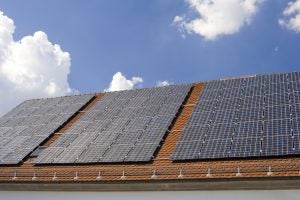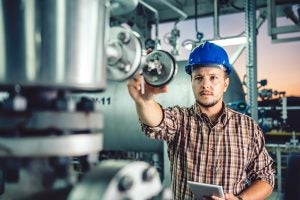 Climate of Hope, United States Climate Alliance … These are a couple of initiatives and organizations formed by individual citizens, cities, and states to fight climate change since the President withdrew the United States from the Paris Agreements. And, I’m proud to say New York City is in on it.
Climate of Hope, United States Climate Alliance … These are a couple of initiatives and organizations formed by individual citizens, cities, and states to fight climate change since the President withdrew the United States from the Paris Agreements. And, I’m proud to say New York City is in on it.
Earlier last month, the New York City Council introduced a package of bills designed to make buildings more energy efficient. Given that about 70 percent of greenhouse gas emissions in the City come from heating and cooling buildings, regulating how buildings manage energy is crucial to reaching Mayor Bill de Blasio’s goal of reducing citywide emissions 80 percent below 2005 levels by 2050.













 The Clean Air Act has a long, well-documented history of reducing pollution, and thus improving – and often even saving – lives in America.
The Clean Air Act has a long, well-documented history of reducing pollution, and thus improving – and often even saving – lives in America.